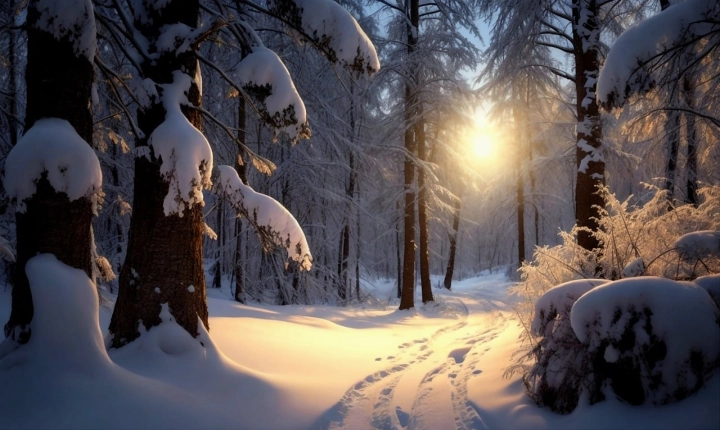Title: Creating AI Art: A Journey into the World of Artificial Intelligence and Creativity
Introduction
In recent years, the intersection of art and artificial intelligence (AI) has given rise to a new form of creativity, known as AI art. This innovative way of creating art involves using AI algorithms and machine learning techniques to generate images, music, and other forms of artistic expression. As technology continues to advance, the potential for AI to produce compelling and thought-provoking art is becoming increasingly apparent. In this article, we will explore how to create AI art and the exciting possibilities it offers.
Understanding the Basics of AI Art
Creating AI art typically involves using algorithms and data to train a machine learning model to produce original pieces of art. Whether it’s generating unique images, composing music, or even designing fashion, AI can be used to push the boundaries of creativity in new and exciting ways.
One approach to AI art creation involves using Generative Adversarial Networks (GANs). GANs consist of two neural networks, one that generates new content and another that evaluates its authenticity. Through continuous training and feedback, GANs can produce increasingly realistic and original art pieces.
Another popular method is style transfer, where AI algorithms analyze the characteristics of an artwork’s style and then apply those features to new images, creating a fusion of styles that can lead to captivating and unique visual compositions.
Creating AI Art: Step-by-Step Guide
Step 1: Data Collection and Preparation
To start creating AI art, gather a diverse and extensive dataset of artistic works or images relevant to the type of art you want to create. This data will be used to train the AI model to recognize and replicate artistic elements.
Step 2: Choose the AI Model
Select a suitable AI model or algorithm for your art creation process. Depending on the complexity and type of art you want to generate, different models such as GANs, neural style transfer, or variational autoencoders may be employed.
Step 3: Training the Model
Train the AI model using the collected data and algorithms. This involves feeding the model with the input data and allowing it to learn the patterns and characteristics of the style or content it is expected to replicate.
Step 4: Generating Art
Once the AI model has been trained, it can be used to create new art. Input a reference image or style, and the model will generate a new piece of art based on the learned patterns and features.
Step 5: Refinement and Iteration
Refine and iterate the generated art to achieve the desired results. This may involve adjusting parameters, experimenting with different input styles, or fine-tuning the output to align with your artistic vision.
The Opportunities and Challenges of AI Art
AI art presents numerous opportunities for artists, technologists, and enthusiasts to explore new creative frontiers, blend traditional art forms with cutting-edge technology, and challenge our notions of creativity and authorship. However, it also raises important questions about the role of the artist, the nature of creativity, and the ethical implications of AI-generated art.
One of the key benefits of AI art is its potential to inspire and expand the possibilities of human creativity. By leveraging the vast amount of artistic data available, AI can produce novel and unexpected artworks, offering fresh perspectives and pushing the boundaries of what we consider artistic expression.
On the other hand, AI art also raises concerns about originality, ownership, and the impact on traditional artistic practices. As AI becomes more proficient at replicating styles and generating new art, questions arise about the attribution of authorship and the commodification of AI-generated works.
Conclusion
The world of AI art is a fascinating and dynamic space where technology and creativity converge to produce captivating and thought-provoking works of art. By leveraging the power of AI algorithms, artists and creators can explore new possibilities, challenge conventions, and redefine what it means to be an artist in the digital age. As AI continues to evolve, so too will the potential for AI art to captivate and inspire audiences around the world.
